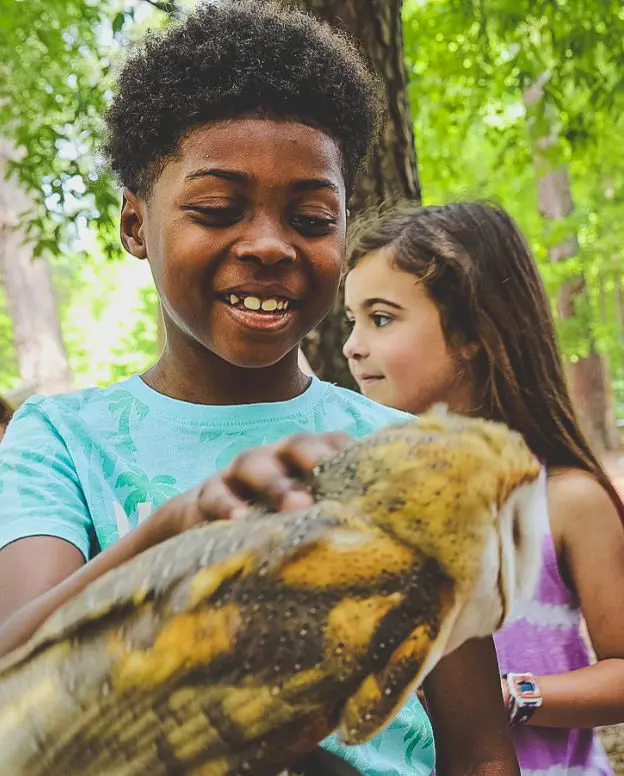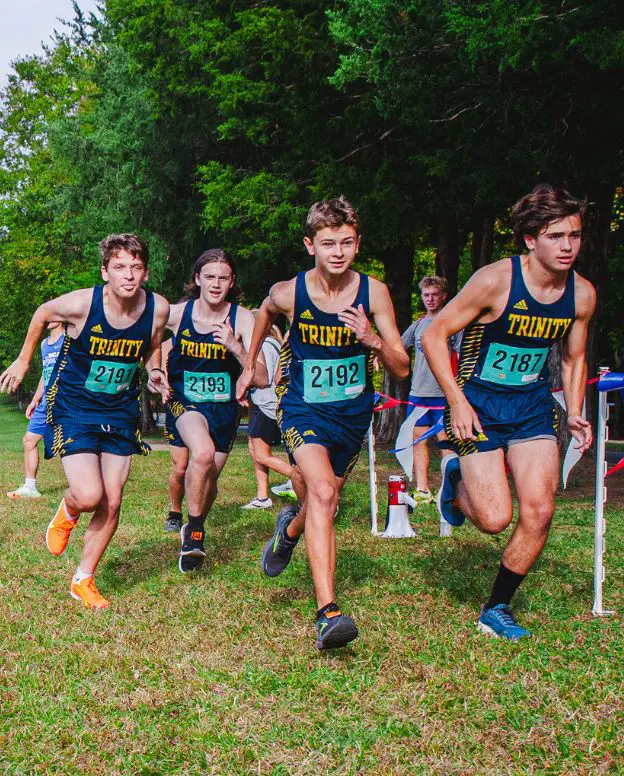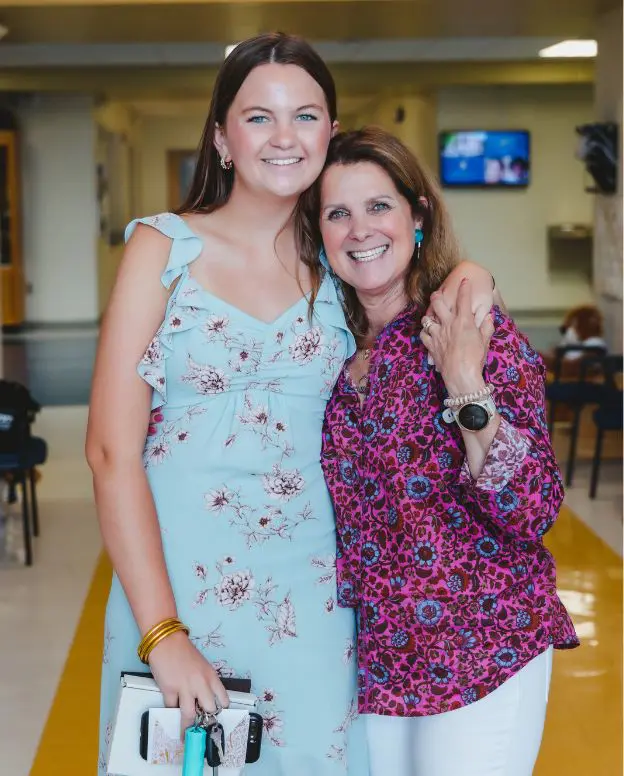THE COLUMN
Nature Is Unhurried
It is hard to quantify exactly how much influence the late Charlotte Mason and her educational philosophy has on Trinity’s Lower School. As a Welsh-born educator who lived most of her life in England, Mason was passionate about cultivating young minds and developed many principles we use at Trinity.
One Charlotte Mason principle we see in practice is regular nature studies. She writes in her work Home Education, “Let them once get touch with Nature, and a habit is formed which will be a source of delight through life.”
What is a Nature Study?
The steps of a nature study are fairly simple. First, the class takes a walk outdoors. Students look at the natural world God provided and select an object to bring back to their class. Back at their desks they observe the object, employing a magnifying glass if needed. Next, each student begins creating and testing the colors they’ll need. This process can take a while, and though the class is encouraged to remain quietly focused, second grade teacher Melissa Hartemink notes, “Sometimes you’ll hear whisperings of ‘How did you make that great gray?’ and the reply, ‘Just add a little more white or a dab of brown.’” Once the colors are ready, budding naturalists begin to paint the object as they see it. When they’ve finished, they might include the Latin name of the object along with their artistic signature to make their work a true piece of natural art.







-1053.jpg_1053.jpg?version=638514734622300000)